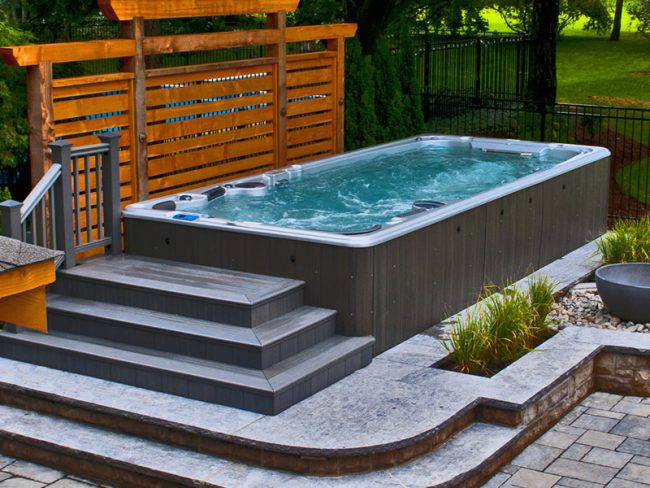Placement and landscaping tips for an outdoor shelter
Choosing the right spot and surroundings for an outdoor shelter affects its function, safety, and how it complements your garden or backyard. Thoughtful placement, suitable materials, and purposeful landscaping transform a canopy or pavilion into a comfortable, low-maintenance outdoor living area that works year-round.

Selecting the right location for an outdoor shelter is the foundation of a successful project. Consider sun patterns, prevailing winds, drainage, and proximity to your house or utilities. A good site should offer usable shade during peak hours, avoid low-lying water-prone areas, and connect well with existing outdoor spaces like patios, decks, or garden paths. Balancing privacy, sightlines, and maintenance access early prevents costly changes later and keeps the structure functional in various weather conditions.
Where should I place an outdoor shelter in my backyard?
Aim for a location that complements how you plan to use the shelter. If the shelter will extend living space, place it near the house or an existing patio to create a natural flow between indoor and outdoor areas. For a quiet retreat, a corner near mature trees may provide shade and privacy. Keep setbacks and local permitting rules in mind, and avoid compacted or flooded soil. Consider access to utilities (electricity, lighting) and sightlines so the shelter enhances views rather than blocking them.
What landscape preparation and drainage are needed?
Proper grading and drainage prevent water pooling around posts and foundations. Establish a slight slope away from the structure or install a French drain if the area collects runoff. For soft soil, compacted gravel or a concrete pad stabilizes posts and reduces settling. Protect plants by keeping heavy equipment away from root zones and choose permeable surfaces—gravel, permeable pavers, or decomposed granite—around the base to reduce runoff and maintenance while supporting foot traffic and furniture.
Which materials and weatherproofing should I consider?
Material choice affects longevity and maintenance. Pressure-treated wood and cedar offer traditional aesthetics with good durability; aluminum and steel are lower-maintenance and resist rot. Consider powder-coated finishes and galvanization for metal frames in coastal or humid climates. Use weatherproof roofing such as asphalt shingles, metal panels, or polycarbonate depending on desired light levels and insulation. Sealants, flashing, and quality fasteners are essential to prevent leaks and extend the structure’s life.
How do I design for shade, privacy, and plant integration?
Design elements such as slatted screens, lattice, curtains, or movable panels provide adjustable privacy and shade while allowing airflow. Position shade-tolerant shrubs or tall grasses to soften edges and screen neighboring views; use planting beds to anchor the structure visually. Climbing plants on trellises add greenery but choose species that won’t damage framing—opt for non-invasive vines and maintain regular pruning. Integrating hardscape elements like paths and low walls helps define the shelter area and guide foot traffic.
What assembly and maintenance practices should I plan for?
Plan for safe, durable assembly: verify post embedment depth, use appropriate anchors for deck or patio installations, and follow manufacturer assembly guidelines. Regular maintenance extends life—inspect fasteners, re-seal wood every few years, clean gutters and roofing, and check for rust on metal. Seasonal tasks include clearing debris, tightening hardware, and treating exposed wood. Design for accessibility so routine maintenance is straightforward: avoid inaccessible roof slopes or tightly enclosed spaces.
How can design adapt to local permitting and long-term use?
Before building, check local building codes, setback requirements, and whether a permit or engineered foundation is required; these rules vary widely by location. For multipurpose use, design the shelter to accept future upgrades such as solar lighting, screens, or heaters without major structural changes. Consider modular components that allow reconfiguration, and select materials suitable for your climate to minimize future retrofits. Thoughtful planning reduces the risk of noncompliance and enhances long-term value.
Conclusion Careful placement, adequate site preparation, and intentional landscaping turn an outdoor canopy or shelter into a functional, attractive extension of outdoor living space. Balancing materials, drainage, privacy, and maintenance needs ensures the structure performs well through changing seasons and complements existing garden and patio spaces without creating extra work or visual clutter.





